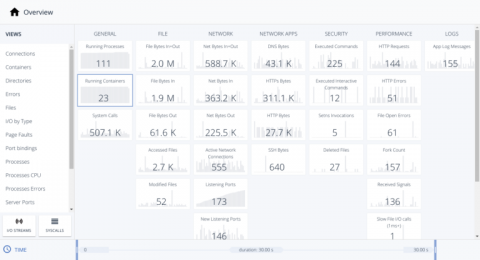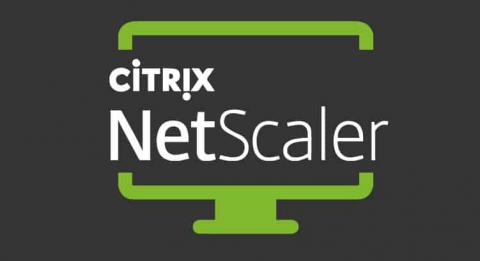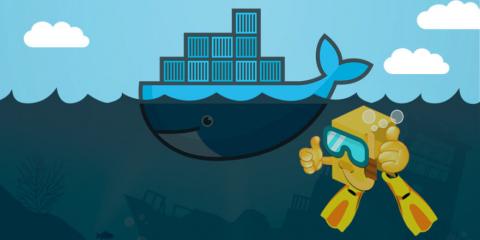Troubleshooting in Kubernetes: kubectl capture plugin
We are really happy to announce that we have released a plugin which allows to take captures using Sysdig in your Kubernetes cluster with just one simple command. And the answer for the next question you are asking yourself, is no. You don’t need to have Sysdig preinstalled in your cluster for this to work! This is our contribution to help you with your Kubernetes troubleshooting efforts.











